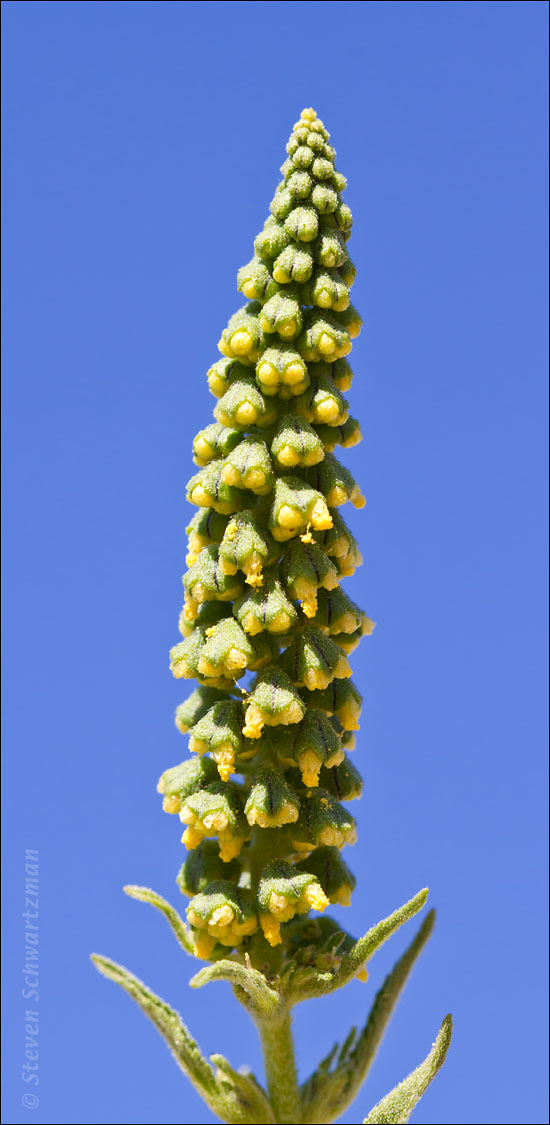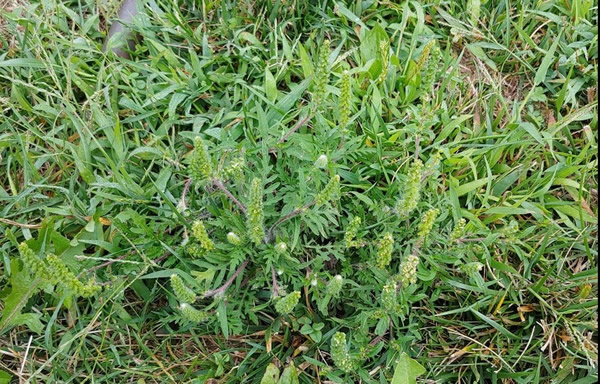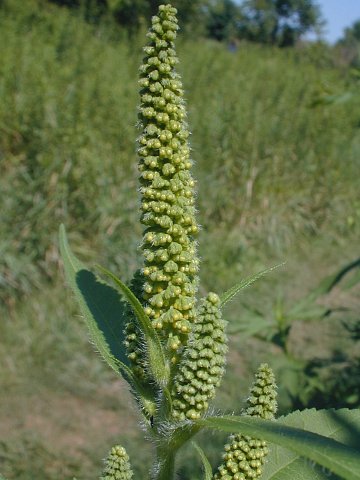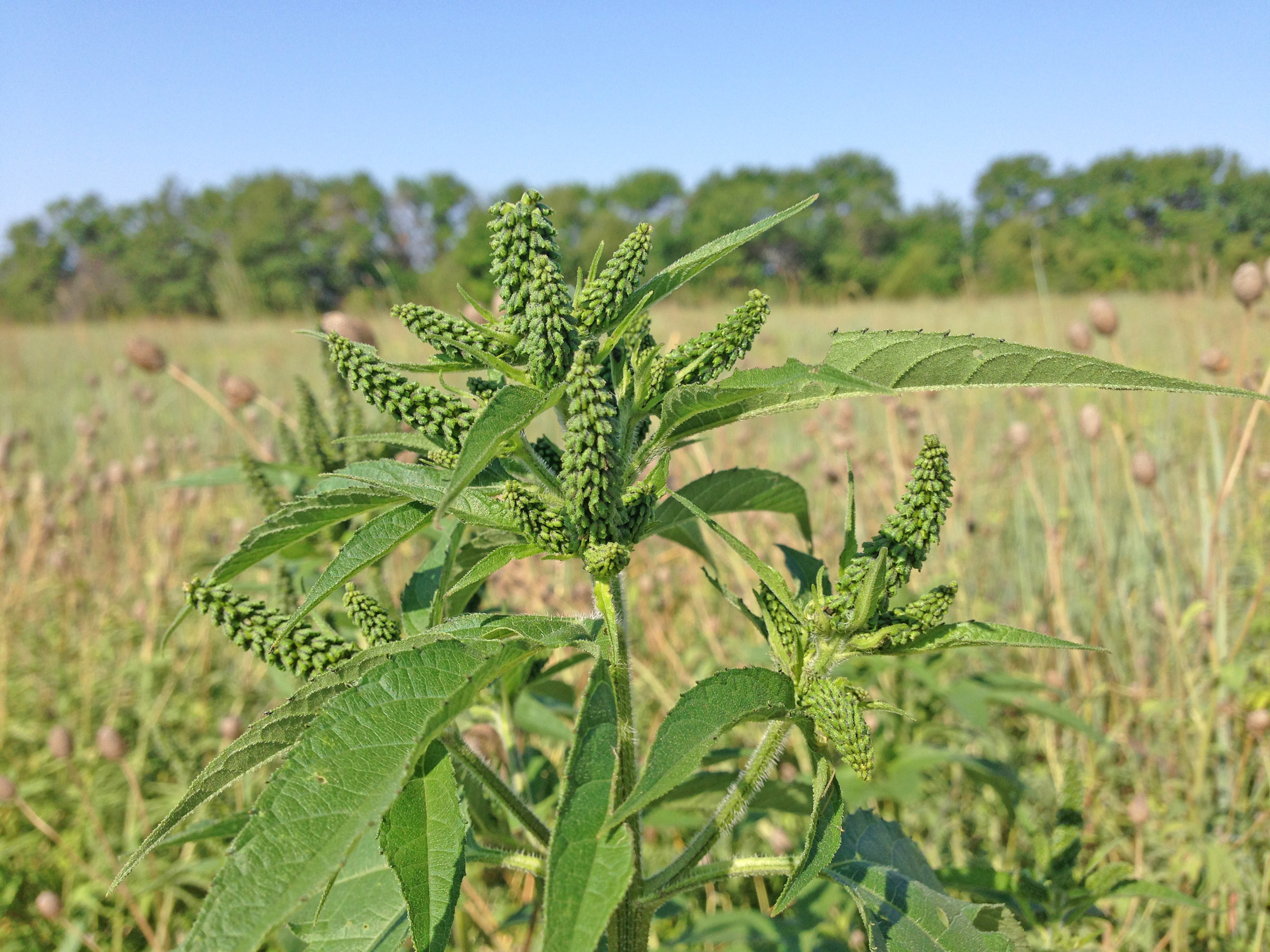Giant Ragweed: The Worst Weed In America
Title: Giant Ragweed: The Worst Weed in America
Introduction:
Giant ragweed is a tall, coarse weed that can grow up to 15 feet tall. It has large, green leaves and produces clusters of small, white flowers. Giant ragweed is native to North America and is found in most parts of the continent. It is a highly allergenic plant and can cause severe allergic reactions in some people.
The pollen from giant ragweed is released in the fall, when it can travel long distances and cause allergic reactions in people who do not even live near the plant. In fact, giant ragweed is responsible for more allergic reactions than any other plant in North America.
Main Content:
- What is giant ragweed?
- Giant ragweed is a tall, coarse weed that can grow up to 15 feet tall.
- It has large, green leaves and produces clusters of small, white flowers.
- Giant ragweed is native to North America and is found in most parts of the continent.
- Why is giant ragweed so allergenic?
- The pollen from giant ragweed is very small and light, which allows it to travel long distances.
- The pollen is also very sticky, which makes it easy to attach to people's skin and clothing.
- Once the pollen gets into the body, it can trigger an allergic reaction in people who are sensitive to it.
- What are the symptoms of a giant ragweed allergy?
- The symptoms of a giant ragweed allergy can vary from person to person, but they often include:
- Sneezing
- Runny or stuffy nose
- Itchy eyes, nose, and throat
- Cough
- Wheezing
- Headaches
- Fatigue
- The symptoms of a giant ragweed allergy can vary from person to person, but they often include:
- How is giant ragweed allergy diagnosed?
- A doctor can diagnose a giant ragweed allergy by asking about your symptoms and performing a skin test or blood test.
- How is giant ragweed allergy treated?
- There is no cure for giant ragweed allergy, but there are treatments that can help to manage the symptoms.
- These treatments include:
- Over-the-counter or prescription medications, such as antihistamines, decongestants, and nasal steroids
- Immunotherapy, which involves gradually exposing the body to the allergen in order to build up tolerance
- How can you prevent giant ragweed allergy?
- There is no sure way to prevent giant ragweed allergy, but there are steps you can take to reduce your risk, such as:
- Avoiding areas where giant ragweed is present, especially during the fall
- Wearing a mask when you are in areas where giant ragweed is present
- Washing your hands frequently
- Keeping your home and car clean
- There is no sure way to prevent giant ragweed allergy, but there are steps you can take to reduce your risk, such as:
Conclusion:
Giant ragweed is a serious weed that can cause significant allergic reactions in many people. If you are allergic to giant ragweed, there are treatments that can help to manage your symptoms. However, the best way to protect yourself from giant ragweed is to avoid it altogether. By being aware of the plant and taking steps to reduce your exposure, you can help to keep your allergies under control.
Visit Home Gardening today to learn more about giant ragweed!
FAQ of giant ragweed
- What is giant ragweed?
Giant ragweed is a tall, coarse weed that is native to North America. It can grow up to 12 feet tall and has deeply lobed leaves. The plant produces small, yellow flowers that bloom in late summer and early fall. Giant ragweed is a major allergen, and its pollen can trigger allergic reactions in people who are sensitive to it.
- What are the symptoms of a giant ragweed allergy?
The symptoms of a giant ragweed allergy can vary from person to person, but they often include:
Runny nose
Sneezing
Itchy, watery eyes
Coughing
Wheezing
Sinus congestion
Fatigue
How can I avoid giant ragweed?
The best way to avoid giant ragweed is to stay indoors when it is pollinating, which is usually from August to October. If you must go outside, wear a mask that covers your nose and mouth to help filter out the pollen. You should also avoid areas where giant ragweed is known to grow.
- What are the treatments for a giant ragweed allergy?
There are a number of treatments available for giant ragweed allergies. These include:
Over-the-counter medications, such as antihistamines and decongestants
Prescription medications, such as allergy shots or nasal sprays
Home remedies, such as using a neti pot or taking a warm bath
Are there any medicinal uses for giant ragweed?
Yes, there are some medicinal uses for giant ragweed. The leaves and roots of the plant have been used by Native Americans to treat a variety of ailments, including fever, pneumonia, and diarrhea. However, it is important to note that giant ragweed can also be toxic, so it is important to consult with a doctor before using it for medicinal purposes.
- How can I get rid of giant ragweed?
If you have giant ragweed growing in your yard, you can remove it by hand or by using a herbicide. It is important to remove the entire plant, including the roots, to prevent it from regrowing. You can also contact your local extension office for assistance in controlling giant ragweed.
Image of giant ragweed
- Giant ragweed plant with green leaves and white flowers.

- Close-up of giant ragweed flower showing the yellow pollen.

- Giant ragweed seeds that are released into the air and can cause allergic reactions in some people.

- Giant ragweed growing in a field.

- Giant ragweed in bloom.

- Giant ragweed in autumn.
- Giant ragweed in winter.

- Giant ragweed in a garden.

- Giant ragweed in a park.

- Giant ragweed along a roadside.

Post a Comment for "Giant Ragweed: The Worst Weed In America"